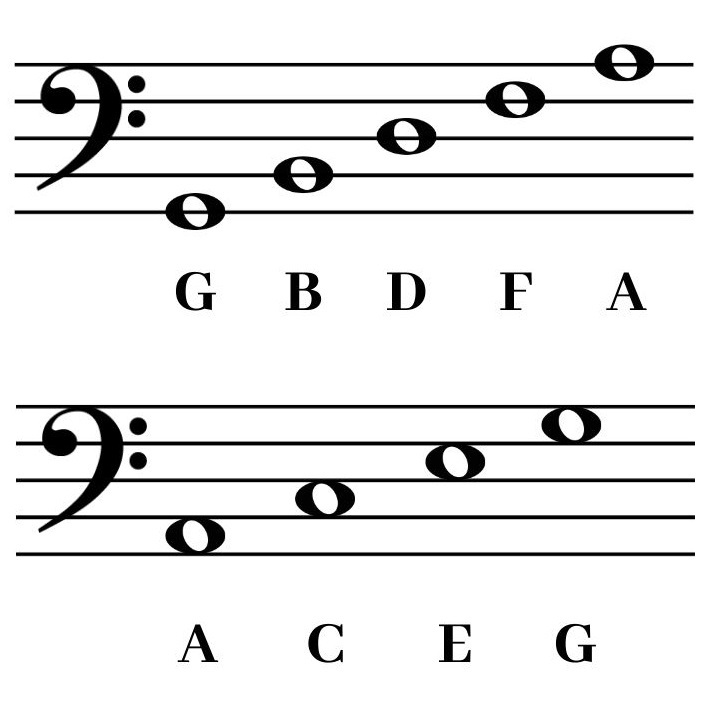

This guide will be especially helpful to you if you’re a music major!Ĭlick here for the printable PDF. Roman numerals are often used in music, particularly when analyzing a piece of sheet music. One more interval than thirds, and one more inversion! Use this guide to help you remember first, second, and third inversions.Ĭlick here for the Printable PDF. Inversions can seem tricky at first, but this guide will help you commit them to memory in no time.Ĭlick here for the printable PDF. Types of Triadsĭive into the anatomy of major, minor, diminished, and augmented triads with this guide.Ĭlick here for the printable PDF. Why do major and minor scales sound the way they do? It’s all in the intervals, and this chart shows you how.Ĭlick here for the printable PDF. Distance Between Notes in Major and Minor Scales
BASS CLEF NOTES HOW TO
To learn more about the circle of fifths and how to use it, check out our complete guide here.Ĭlick here for the printable PDF. The Circle of FifthsĪnother great tool for keeping track of your key signatures, the circle of fifths is an excellent guide to have nearby. We’ve put together a chart to help you remember which major and minor keys go with which key signature. This guide is perfect for the classroom or practice room.Ĭlick here for the printable PDF. And if you’re just learning how to read sheet music, check out our step-by-step instructions here.Ĭlick here for the printable PDF. This guide will help you keep them straight. One of the first things you’ll learn in music theory is the lines and spaces on the Treble and Bass clefs. Once you’ve found the perfect guide for you, all you have to do is print and enjoy! Lines and Spaces on Treble and Bass Clef You can also click here to browse the complete list of guides at the bottom of this post. You can print off each guide totally free! Whether you want to hang these in your classroom, practice room, office, or home, simply click the link below the image or click the image itself to open the PDF. Our music theory guides range from key signatures to cadences, and we’re always adding to the list, so make sure to keep checking back for more music theory tips and tricks. Whether you’re just beginning to learn music theory or whether you’ve known it for years, it’s always helpful to have a few handy guides laying around.


 0 kommentar(er)
0 kommentar(er)
